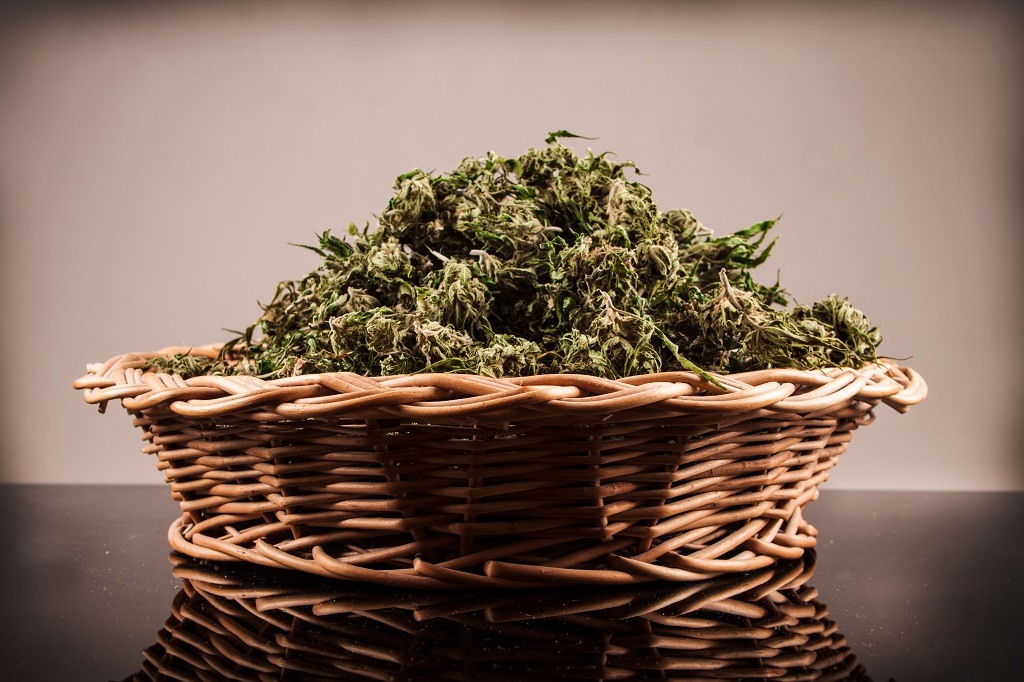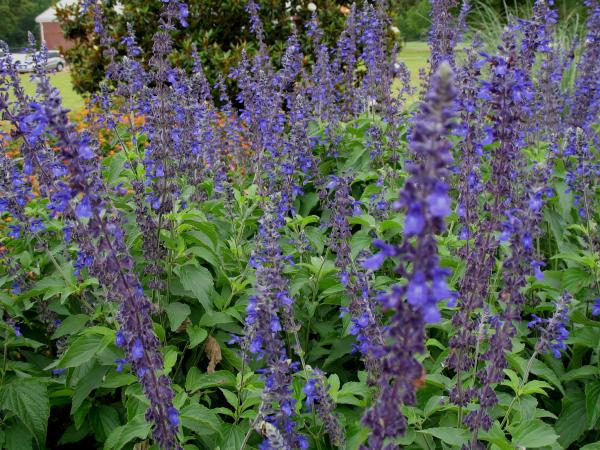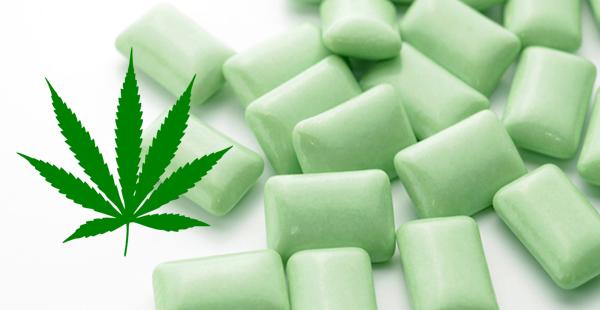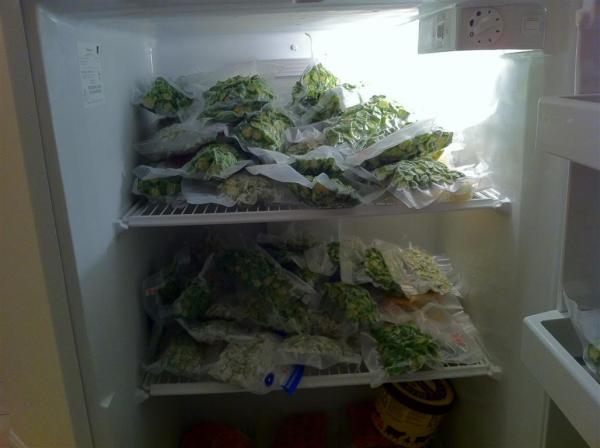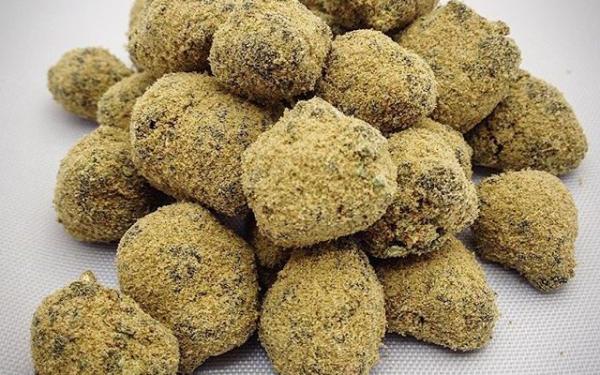Many people, especially those that have dabbled in making edibles from cannabis, know that before a batch of weed can be thrown into brownie or cookie batter, it first needs to be cooked softly in some type of fat, such as butter. Because marijuana is fat-soluble the extracts from it can only be dissolved when they are placed into fat. This process is known as decarbing weed.
For those of you who have made edibles in the past (or have done a bit of research before making their first batch), it is not uncommon for people to miss the decarboxylation step that needs to be done before cooking the weed in butter. Without decarbing the weed first you will simply be adding raw plant matter to your edibles, not only will this reduce the THC levels but it also won't taste great.
What is decarbing?
The act of decarbing cannabis is simply heating it up at a low temperature over a relatively long period of time. This process allows compounds in the cannabis to become slightly activated, turning a compound known as THCA into the THC that users are after for the psychoactive effects.
When users are smoking or vaping cannabis, they don’t have to worry about decarbing the weed first, this will happen instantly the moment they take a lighter to their weed, or place it in a vaporizer. Because these forms of consuming marijuana naturally use very high heat, the decarboxylation process happens immediately; and often, without the user even realizing they’re doing it.
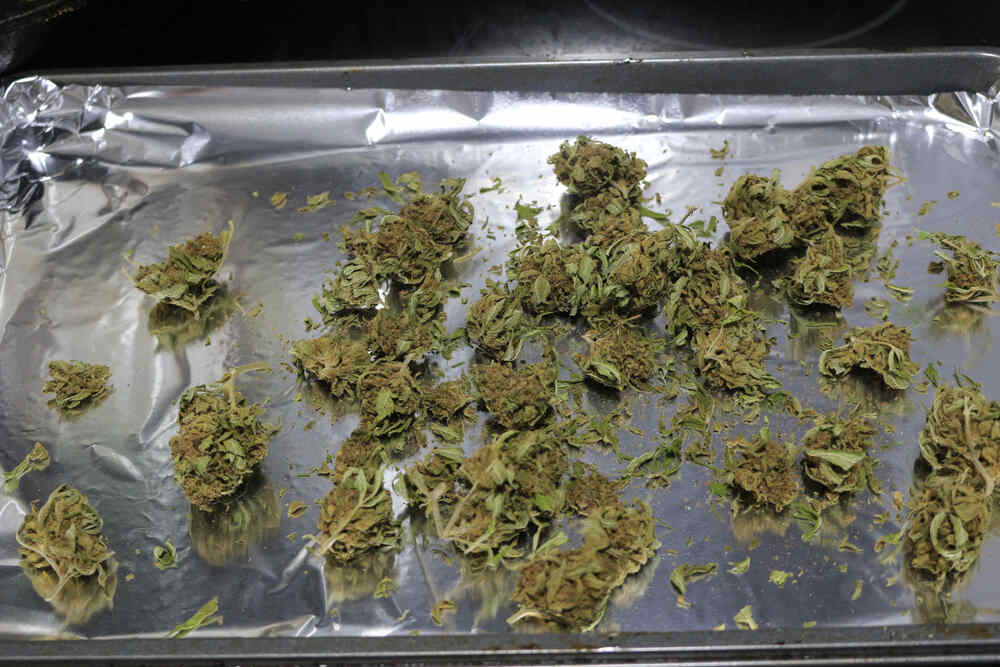
Why should I decarb weed?
Creating edibles, topical solutions and capsules is a good way to learn even more about cannabis, because one actually has to learn about the different components of the plant, and how those components work when providing the high users are after.
When it comes to decarboxylation, it’s the trichomes that are mainly at work. Most smokers have seen trichomes on a marijuana plant, again even if they didn’t realize what they were called. These are the tiny crystals that can be found covering buds, and they are the ‘golden’ part of the cannabis flower. Within these small crystals are all of the psychoactive effects that will give the cerebral and body stone – the reason most users smoke, vaporize, or eat cannabis.

What many users don’t realize is that when these buds are first picked from the plant, they don’t contain any THC – the main psychoactive ingredient. Instead, they contain a compound known as THCA, which is THC acid. While THCA has its own benefits, such as helping to combat nausea, it won’t leave you sitting on the couch for hours of a Netflix and chill session. In order to do that, the THCA must first be converted into THC. This is why learning how to decarb weed is important if you want to produce highly potent edibles.
When making edibles, some decarboxylation will occur automatically as the marijuana heats up slowly in the butter; a process that will result in cannabutter, which can then be used for any batter, salad dressing, or other edible. But without decarbing weed prior to this, not all of the THC will be released, so the outcome will most likely be low potency cannabutter.
Also, by simply making cannabutter, botulism and other kinds of bacteria may still be present, or grow within the edible over an extended period of time. These can be very harmful and even fatal in some cases, for anyone that consumes it. Decarbing weed before it’s even placed into the butter or other fat will prevent these from developing.
Decarboxylation with heat
The good news for those wanting to create edibles and other forms of cannabis, is that it’s very easy to decarb cannabis. All you really need is a grinder, parchment paper, a baking sheet, a good amount of weed, and an oven.
- Preheat the oven to 225 degrees Fahrenheit. This is considered the ideal temperature for decarbing weed as it’s not so high that it will burn the weed, but it’s also not so low that it will prevent decarboxylation from taking place.
- Place parchment paper over a baking sheet. This will prevent it from sticking and from any other substances such as leftover oil, interfering with the decarboxylation
- Take a fair amount of your weed (it’s often recommended that one ounce be used per one cup of butter) and grind it up finely. This opens up the surface area of the bud, making decarboxylation more effective as the heat can really penetrate every part of the bud.
- Lay the ground cannabis onto the parchment-covered baking sheet in a single and even layer. This is so that every part of the cannabis has access to the heat. If the grounds are piled on top of each other, those on the top will be the only ones to decarb, as the heat won’t be able to reach those that are laying underneath other grounds.
- Once the oven has preheated to 225 degrees, place the baking sheet in and bake the weed for about 50 minutes. Decarboxylation can take a bit of time, since it uses such a low hear, but it’s important that you take that time. Some also recommend heating the cannabis for 75 minutes at a lower temperature of 200 degrees Fahrenheit. If you’re a bit tight for time, you can cook the weed at 250 degrees for about 30 minutes, but it’s not recommended to go any faster than this, or at a higher temperature.
- Remove the weed from the oven and let it cool. It’s now full of THC, even if it appears to be a darker green or even brown in colour. Throw it into whatever fat you’re using and cook as per the recipe you’re using. For most recipes, the cannabis needs to be cooked slowly again, in some type of fat, for about half an hour.
There is a lot that goes into making edibles, oils, and extracts of cannabis, and the decarboxylation process is a very important step. Without it, there’s simply no way of getting the maximum amount of THC out of the bud as possible, which means you may not feel the effects of it entirely. While decarboxylation may take some time, it’s definitely a step that’s well worth it.

